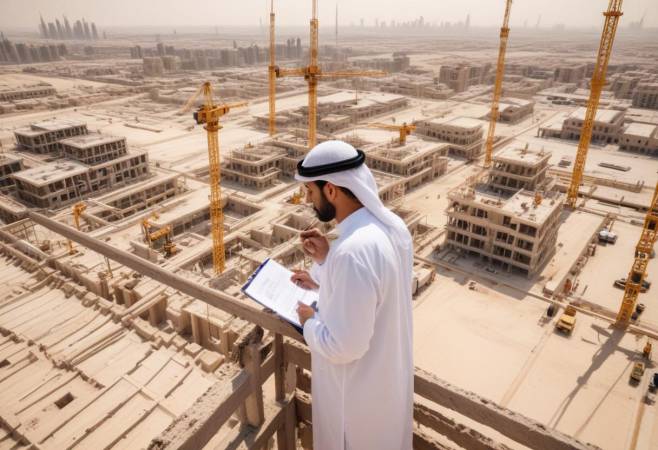The construction industry in the United Arab Emirates (UAE) is a cornerstone of the country's ambitious growth and development plans. While the sector has experienced significant expansion, it faces several challenges that need to be addressed to ensure sustained progress and efficiency. Here, we explore the key challenges in the UAE construction industry and offer practical solutions to overcome them.
1. Regulatory and Compliance Issues
Challenge: Navigating the complex regulatory environment in the UAE can be daunting. The construction industry must adhere to stringent safety, environmental, and labor laws, which can vary between emirates.
Solution:
- Standardization and Harmonization: Advocating for standardized regulations across all emirates can simplify compliance. Unified guidelines will reduce confusion and ensure a consistent approach to safety and quality.
- Training and Education: Continuous education on regulatory changes and compliance requirements is essential. Establishing dedicated compliance teams can help firms stay updated and adhere to regulations effectively.
2. Labor Shortages and Skill Gaps
Challenge: The UAE construction sector heavily relies on expatriate labor. However, there is often a shortage of skilled workers, leading to delays and compromised quality.
Solution:
- Skill Development Programs: Investing in training programs to upskill the workforce can bridge the gap. Partnerships with educational institutions to create specialized courses can ensure a steady supply of skilled labor.
- Attractive Employment Packages: Offering competitive salaries, benefits, and career growth opportunities can attract and retain skilled workers.
3. Project Delays and Cost Overruns
Challenge: Delays and budget overruns are prevalent issues, often caused by poor project management, supply chain disruptions, and unforeseen site conditions.
Solution:
- Advanced Project Management Tools: Utilizing project management software can enhance planning, monitoring, and execution. Tools like Building Information Modeling (BIM) can improve collaboration and reduce errors.
- Risk Management: Implementing robust risk management strategies to anticipate and mitigate potential delays and cost overruns. Regular risk assessments and contingency planning are critical.
4. Sustainability and Environmental Impact
Challenge: With growing environmental concerns, there is increasing pressure on the construction industry to adopt sustainable practices. The challenge lies in balancing development with ecological preservation.
Solution:
- Green Building Practices: Adopting sustainable construction techniques and materials can significantly reduce environmental impact. Certifications like LEED (Leadership in Energy and Environmental Design) can guide green building practices.
- Waste Management: Implementing effective waste management systems to recycle and reduce construction waste. Encouraging the use of recycled materials can also contribute to sustainability goals.
5. Technological Integration
Challenge: The construction industry has been slow to adopt new technologies, resulting in inefficiencies and lower productivity.
Solution:
- Embracing Innovation: Investing in technologies such as drones, AI, and IoT can streamline construction processes, enhance safety, and improve accuracy. Encouraging a culture of innovation within the industry is crucial.
- Continuous Learning: Promoting ongoing education and training in the latest construction technologies will ensure that the workforce is equipped to handle advanced tools and methods.
6. Financial Management and Cash Flow Issues
Challenge: Managing finances and ensuring smooth cash flow is a significant challenge, particularly for small and medium-sized enterprises (SMEs).
Solution:
- Efficient Financial Planning: Implementing robust financial management systems to track expenses, manage budgets, and forecast financial needs. Using software solutions can provide real-time financial insights.
- Diversified Funding Sources: Exploring various funding options, including government grants, private investments, and public-private partnerships, to secure necessary capital and mitigate financial risks.
Conclusion
The UAE construction industry, despite its challenges, holds immense potential for growth and innovation. By addressing regulatory complexities, labor shortages, project management issues, sustainability, technological adoption, and financial management, the sector can overcome its current obstacles. With strategic planning and proactive measures, the UAE construction industry can continue to thrive and contribute to the nation’s ambitious development goals.
By focusing on these solutions, stakeholders can ensure that the UAE construction industry not only meets current demands but also sets a benchmark for future growth and sustainability.

